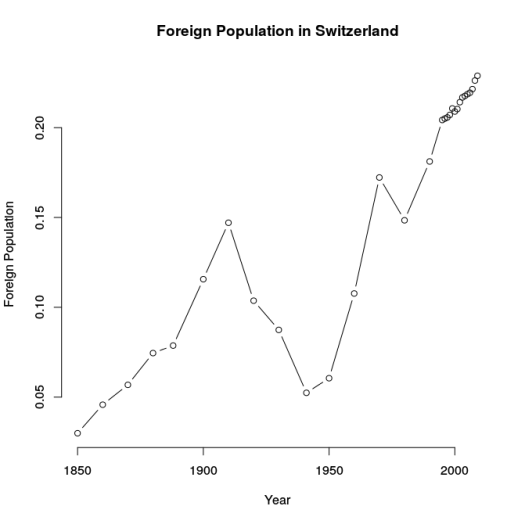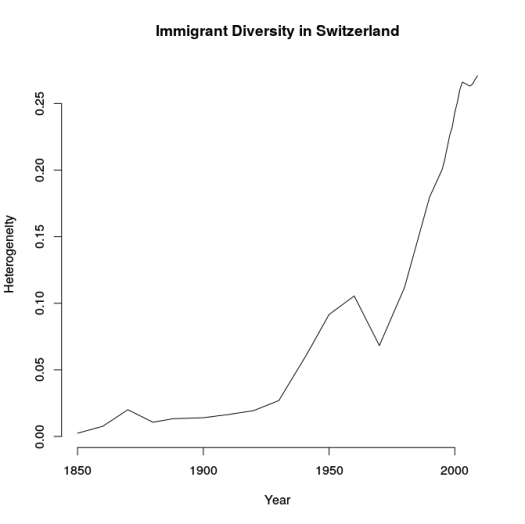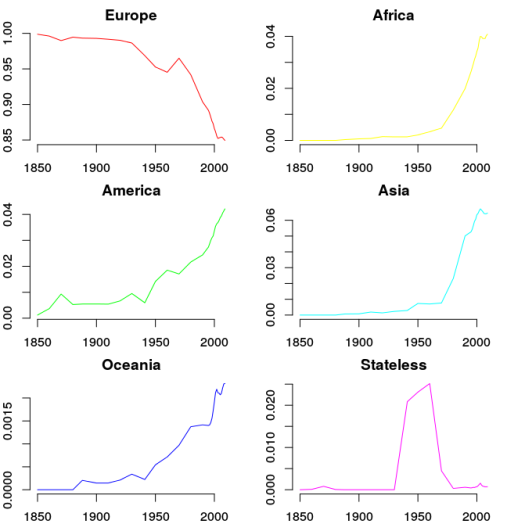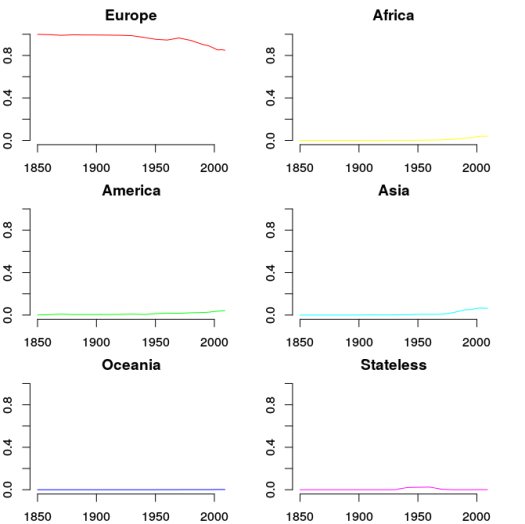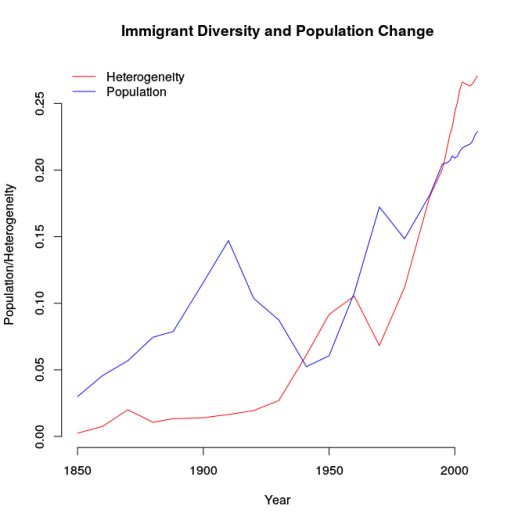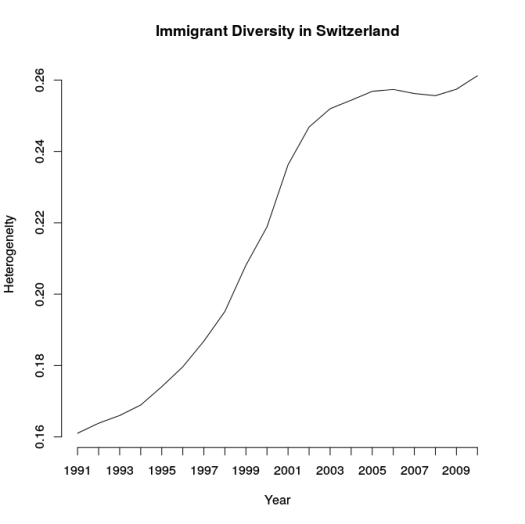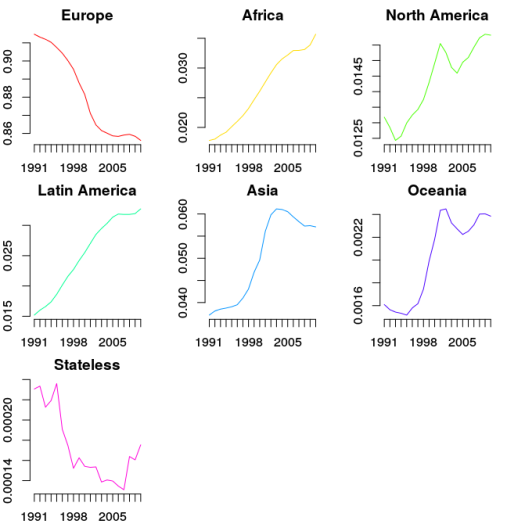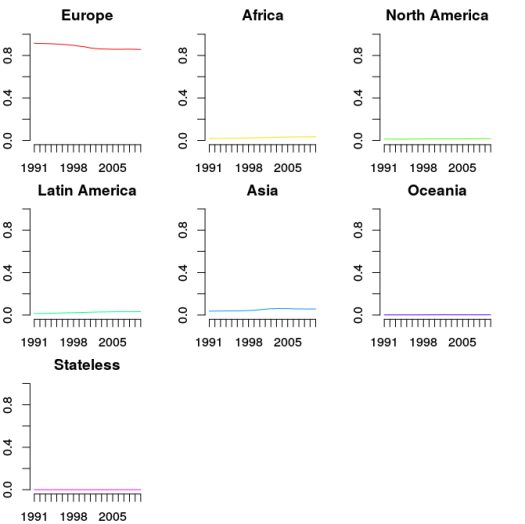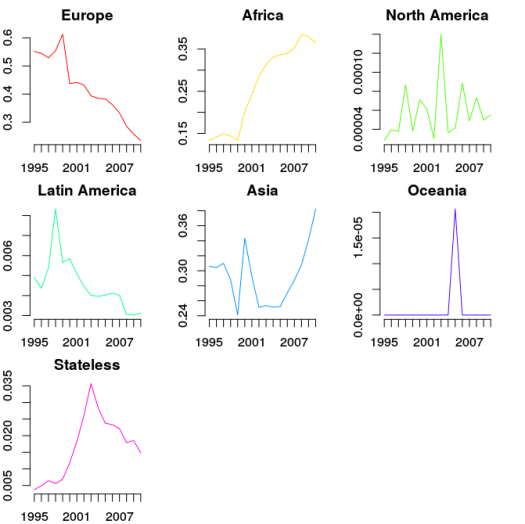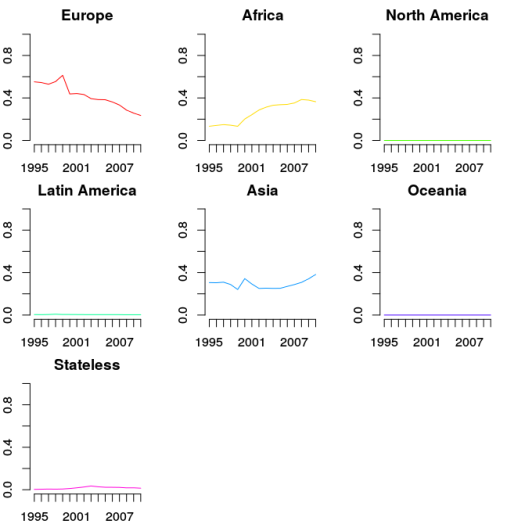The other day I was at a conference, and Poland was described as ethnically homogeneous. This is not a controversial observation, I guess. The speaker was then using this homogeneity as an ‘explanation’ for current government rhetoric against Muslims in the country — compared to government rhetoric in a more heterogeneous country. This struck me as an odd explanation, after all we all know that ethnic groups and their boundaries are socially constructed. This way, the observation that in a country where the common view is one of internal homogeneity also features exclusivity to ‘others’ seemed trivial if not circular. I’m far from claiming that social construction renders ethnic differences meaningless — the consequences are very real indeed — but as an ‘explanation’ this way I’m struggling a bit.
Ruedin, Didier. 2009. ‘Ethnic Group Representation in a Cross-National Comparison’. The Journal of Legislative Studies 15 (4):335–54. https://doi.org/10.1080/13572330903302448.
Ruedin, Didier. 2013. Why Aren’t They There? The Political Representation of Women, Ethnic Groups and Issue Positions in Legislatures. Colchester: ECPR Press.

